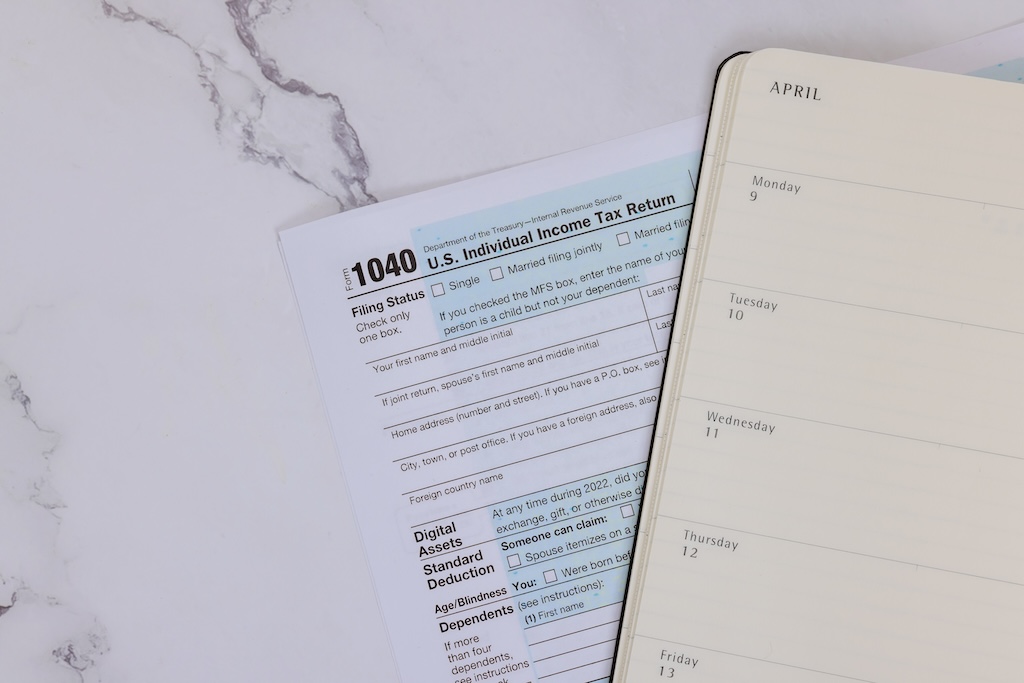Tax season can be a stressful time, but with the right preparation and knowledge, you can navigate it with confidence. Whether you’re a first-time filer or a seasoned taxpayer, understanding the process and taking advantage of available resources can help you maximize your refund and avoid common pitfalls. Here’s a comprehensive guide to help you confidently tackle tax season.
1. Get Organized Early
The key to a smooth tax season is organization. Start by gathering all necessary documents, including:
- W-2 forms from employers
- 1099 forms for additional income (freelance, contract work, investments)
- Receipts for deductible expenses (medical, charitable donations, business expenses)
- Mortgage interest statements
- Student loan interest statements
- Any other relevant financial documents
Organize these documents in a folder or digital file to ensure you have everything you need when it’s time to file.
2. Understand Your Filing Status
Your filing status determines your tax rate and eligibility for certain deductions and credits. The five main filing statuses are:
- Single
- Married Filing Jointly
- Married Filing Separately
- Head of Household
- Qualifying Widow(er) with Dependent Child
Choose the status that best fits your situation to optimize your tax benefits.
3. Know Your Deductions and Credits
Tax deductions and credits can significantly reduce your tax liability. Common deductions and credits include:
- Standard Deduction: A fixed dollar amount that reduces your taxable income. For 2023, the standard deduction is $12,950 for single filers and $25,900 for married couples filing jointly.
- Itemized Deductions: If your eligible expenses exceed the standard deduction, you can itemize deductions such as mortgage interest, state and local taxes, medical expenses, and charitable contributions.
- Earned Income Tax Credit (EITC): A refundable credit for low- to moderate-income working individuals and families.
- Child Tax Credit: A credit of up to $2,000 per qualifying child.
- Education Credits: The American Opportunity Credit and the Lifetime Learning Credit can help offset education expenses.
Familiarize yourself with available deductions and credits to ensure you’re not missing out on potential savings.
4. Consider Professional Help
If your tax situation is complex, consider seeking help from a tax professional. Certified Public Accountants (CPAs), Enrolled Agents (EAs), and tax advisors can provide personalized advice, ensure accurate filing, and help you navigate complex tax laws. Professional help can also minimize the risk of errors and audits.
5. Use Tax Software
Tax software can simplify the filing process and help you identify deductions and credits you may have overlooked. Popular options include TurboTax, H&R Block, and TaxAct. These programs guide you through the filing process step-by-step and can help ensure your return is accurate.
6. Double-Check Your Return
Before submitting your tax return, double-check all information for accuracy. Ensure that your Social Security number, income, deductions, and credits are correctly entered. Mistakes can lead to delays in processing your return or trigger an audit.
7. File Electronically
Filing your taxes electronically (e-filing) is faster, more secure, and reduces the risk of errors compared to paper filing. E-filing also allows you to receive your refund more quickly, especially if you choose direct deposit.
8. Plan for Next Year
Once you’ve filed your taxes, take steps to prepare for the next tax season:
- Adjust your withholding: Use the IRS Withholding Calculator to ensure you’re having the correct amount of tax withheld from your paycheck.
- Keep good records: Maintain organized records of income and expenses throughout the year.
- Review tax law changes: Stay informed about changes in tax laws that may affect your filing next year.
9. Stay Informed
Tax laws can change frequently, so it’s important to stay informed about updates that may impact your tax situation. The IRS website (www.irs.gov) is a valuable resource for current tax information, forms, and publications.
10. Don’t Panic If You Owe
If you find out you owe taxes, don’t panic. The IRS offers payment plans and options to help you manage your tax debt. Contact the IRS to discuss your situation and find a solution that works for you.
Conclusion
Navigating tax season with confidence is achievable with proper preparation, organization, and knowledge. By understanding your filing status, knowing your deductions and credits, considering professional help, and staying informed, you can make tax season less stressful and more rewarding.
Remember, the effort you put into preparing for tax season can lead to significant financial benefits. Take control of your taxes, and approach the process with confidence and clarity.



